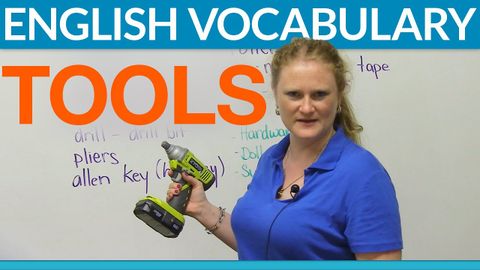你知道這些超實用小工具的單字是什麼嗎? (Vocabulary - Tools & hardware: screw, hammer, wrench, level...)
Ashley Chen 發佈於 2014 年 08 月 29 日  沒有此條件下的單字
沒有此條件下的單字- n.(馬)嚼口;馬勒;一小片 ; 少量 ; 一點;位元;鑽頭;小錢;一段經歷
- v.i.咬住(誘餌)
- adv.有點
- v.t.咬 (過去式)
- idiom一點也不;盡一份力
- n. (c./u.)方法;措施;測量方法;單位;程度;小節
- v.t.估量;衡量;測量;度量;採取措施
- n. (c.)團;(一)捲;捲狀物;名冊;隆隆聲;轟轟響;贅肉;肥肉;翻動
- v.t./i.(時間)流逝;發出隆隆聲;滾動
- v.t.捲;碾;用車載運
- v.t.詐騙;扭緊;旋緊;擰緊;螺絲釘;將(尤指紙或布)揉成團
- n. (c.)螺旋狀物

